Join the author, Néstor T. Carbonell, as he shares a critical analysis of the Castro-Communist regime and explores the challenges and opportunities that will likely arise when freedom finally dawns in Cuba.
CHAPTER 11: Castro’s Detente Game: From Johnson to George H. W. Bush
Winding Down Anti-Castro Operations
Having averted a possible Castro-Communist takeover in the Dominican Republic, Johnson proceeded to deemphasize Cuba. After all, he had other, higher priorities to address—his Great Society agenda and Vietnam—and Castro did not seem to pose any further threat. So the president continued winding down all paramilitary operations, including limited sabotage, against the Castro regime.
The Student Revolutionary Directorate, which had played an important role in the Cuban underground movement and in the exile fronts, was one of the first organizations under Johnson that was ordered by the CIA to cease its anti-Castro belligerent activities. José María de Lasa, a twenty-two-year-old Cuban student who later earned a law degree at Yale University and became general counsel of a major multinational corporation, shared with me the inside story of this bitter and unexpected development:
In early 1964, José María was summoned to CIA headquarters in Washington. He was received by then CIA deputy director Richard Helms, whom he had previously met through family connections. After a cordial greeting, Helms told him in no uncertain terms to refrain from launching any further forays; otherwise the students involved would be expelled from the United States.
Back in Miami, José María relayed the stern warning to his colleagues of the Student Revolutionary Directorate. Trying to avoid a head-on confrontation with the agency, they decided to conduct their operation from an offshore base, beyond the jurisdictional bounds of the United States. They were, however, in for a big surprise.
After raising funds at a concert held in Miami, the students obtained authorization from the government of the Dominican Republic to use a small military camp on the island of Catalina, off La Romana. Following several months of drills and preparation, just when the students were about to launch their first assault, the Dominican authorities informed them that because of «pressure from the Americans,» they had to abort the operation and dismantle the base.
For José María and his colleagues, this was a stunning blow. It proved to them, without any doubt, that the Kennedy no-invasion pledge, apparently ratified by Johnson, protected Castro from any attacks, even if planned and executed outside the United States. In the words of José María, «Washington had sadly become the custodian of the Soviet satellite in Cuba.»
Even the CIA-financed training camps in Central America operated by Manuel Artime, the civilian leader of the Bay of Pigs invasion, and his MRR group would suffer the same fate. They had been allowed by the agency to launch a few raids in 1963-64, but after those forays, their US lifeline was cut and they had to dismantle their camps.
Having determined that it was unnecessary or impracticable to attempt to overthrow or destabilize the Castro regime, Washington’s attention shifted to its victims. Back in October 1965, President Johnson had declared «to the people of Cuba that those who seek refuge here in America will find it. The dedication of America to our tradition as an asylum for the oppressed is going to be upheld.»
In that spirit, Congress passed in November 1966 the Cuban Adjustment Act, which gave Cuban refugees permission to apply for permanent residence in the United States. That Act, and subsequent legislation, virtually guaranteed an open door to Cubans fleeing the Castro regime. With the extraordinary assistance of humanitarian organizations—mainly the International Rescue Committee—the refugees were provided a most generous safety net, which enabled them to rebuild their lives in a free and prosperous society.
Castro’s Global Offensive and Che Guevara´s Demise
Meanwhile, the Cuban ruler did not remain idle. In the steadfast pursuit of his hegemonic dream, Fidel founded in Havana on January 3, 1966, the Organization of Solidarity with the Peoples of Asia, Africa, and Latin America (OSPAAL). The avowed purpose was to defend those who were being crushed by the onslaught of globalization, imperialism, and neoliberalism.
According to the Staff Study submitted in 1966 to the Subcommittee on Internal Security of the Senate Judiciary Committee, the five hundred delegates assembled by Castro in Havana from thirty-five countries was «the most powerful gathering of pro-Communist, anti-American forces in the history of the Western Hemisphere.»
Castro carried the day with his revolutionary credentials, incendiary rhetoric, and theatrical demeanor. The declarations and resolutions of the conference bore his imprint: «The struggle is to the death. … The peoples of three continents must reply to imperialist violence with revolutionary violence to safeguard hard-won national independence, as well as to achieve the liberation of the peoples who are fighting to shake off the colonial noose.»
In his closing remarks, Castro defiantly proclaimed with a melodramatic tone, «The world is big, and the imperialists are every-where, and for the Cuban revolutionaries the field of battle against imperialism takes in the whole world. … Hence we declare that Cuban fighters can be counted on by the revolutionary movement in any corner of the earth.»
Che Guevara—an unwavering practitioner of the all-out confrontational strategy espoused by the conference in Havana—was determined to «create two, three … many Vietnams.» Having resigned his posts in Cuba, he tried in 1965-66 to ignite or buttress radical insurrections in Africa, particularly in the Congo, but was unable to make any significant headway.
He then turned his sights to a more familiar region, Latin America, and chose Bolivia as his next target. On November 3, 1966, Guevara secretly arrived in La Paz, Bolivia, with a wig and under a false name. He soon started training at a camp in a remote region of the country. His guerrilla force initially numbered fifty and operated as the National Liberation Army of Bolivia. The well-equipped units started to grow and scored a number of early successes against Bolivian Army regulars. But by August 1967 the tide turned against the rebels.
Guevara realized, albeit belatedly, that his Bolivian assumptions, fueled by his feverish imagination, were not well-grounded. The social and agrarian reforms implemented by the national government had brought some relief to the inhabitants of rural areas and mitigated their desire to launch a revolution, or at least to support one spearheaded by a foreigner. As Guevara wrote in his diary, «Peasants do not give us any help, and they are turning into informers.»
Not even the leaders of Bolivia’s Communist Party and leftist movement, which followed Soviet guidelines, stood by Guevara during the struggle. Moscow held that his «adventurism» was counterproductive and was miffed that, amid the Sino-Soviet rift, he had sided with Beijing and openly criticized the Kremlin for advocating a policy of peaceful coexistence with the United States.
But Guevara’s belief that the Bolivian Army, ill-prepared to snuff out a guerrilla insurgency on its own, would not be bolstered by the United States was perhaps his most glaring misjudgment. The CIA’s Special Activities Division sent to Bolivia a team of commandos and other operatives, including two experienced Cuban exiles, Félix Rodríguez and Gustavo Villoldo, to aid in the hunt for the guerrillas. And the US Army dispatched an elite unit of Green Berets, steeped in jungle warfare, to supply and train the 640-man Second Ranger Battalion of the Bolivian Army.
On October 7, 1967, an informant apprised the Bolivian rangers of the location of the rebels’ encampment. Encircled the following day, Guevara and his scant guerrilla force surrendered. «Don’t shoot! I am Che Guevara, and I am worth more to you alive than dead,» he reportedly shouted as he lay wounded, beset by a severe asthmatic condition, his clothes shredded and his hair matted with dirt.
The US government wanted to take Guevara to Panama for interrogation before being tried, but the Bolivian president at the time, René Barrientos, would have none of that. He feared that the guerrilla warrior would turn a public trial into a Communist propaganda spectacle. On Barrientos’s order, Guevara was summarily executed on October 9 and secretly buried in Bolivia.
Fidel Castro, who had had tactical differences with Guevara, possibly combined with a tinge of jealousy, did not evince much interest in supporting or rescuing his embattled comrade in Bolivia. But now, upon learning of his death, he was quick to magnify his epic and glorify him. Better to praise the potential rival dead than alive, the calculating Fidel probably thought.
In his impassioned eulogy on October 18, before a huge crowd in Havana of inflamed mourners, Castro reminisced and rhapsodized: «If we wish to express what we want the men of future generations to be, we must say: Let them be like Che. … If we want the model of a man who does not belong to our times but to the future, I say from the depths of my heart that such a model, without a single stain on his conduct, is Che.»
The legend of a romantic Guevara driven by noble ideals, who sacrificed his life to set free the exploited and the oppressed, was
spread by Castro and by the international Communist propaganda network. Those who have fallen for that myth revere the icon, whereas those who witnessed or learned of his heinous crimes, including the execution in La Cabaña fortress of hundreds of Cubans without fair trial, revile the man.
Whether revered or reviled, Guevara stands as an example of cold-hearted consistency, of acting out what he preached. Without remorse or regret, he did what he said a true revolutionary must do: «hate the enemy» without relent, and become «an effective, violent, selective, and cold killing machine.»
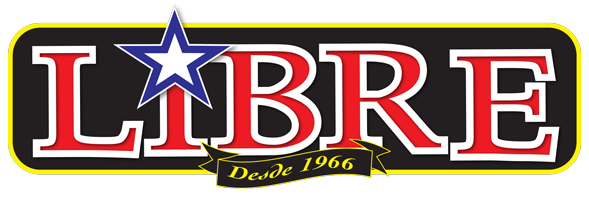
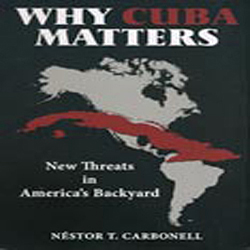

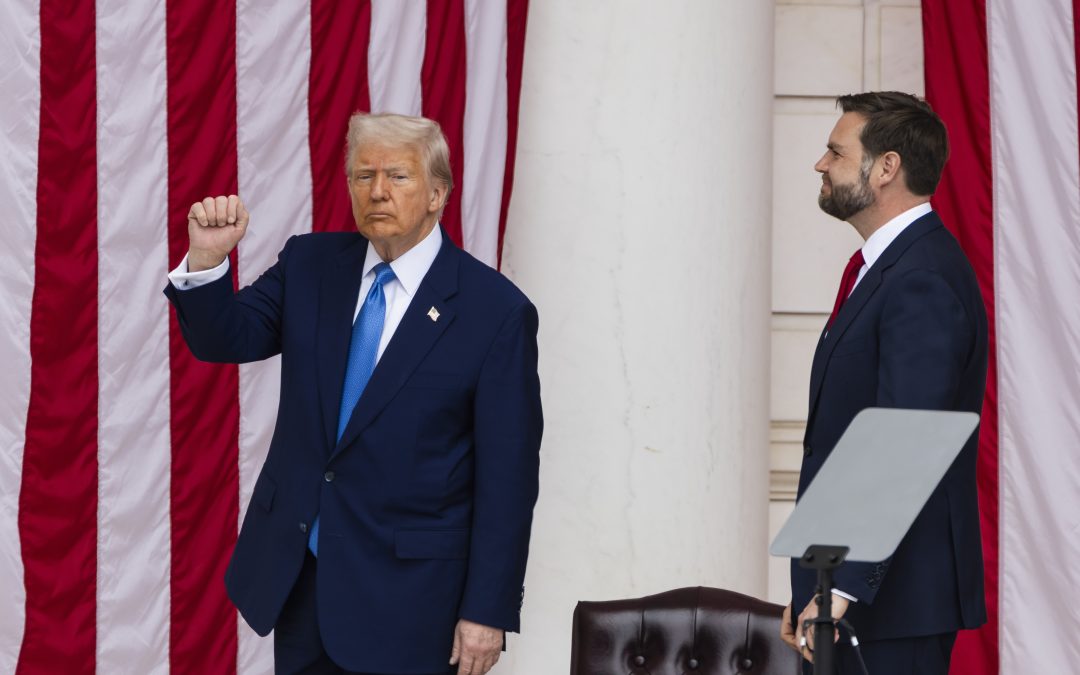
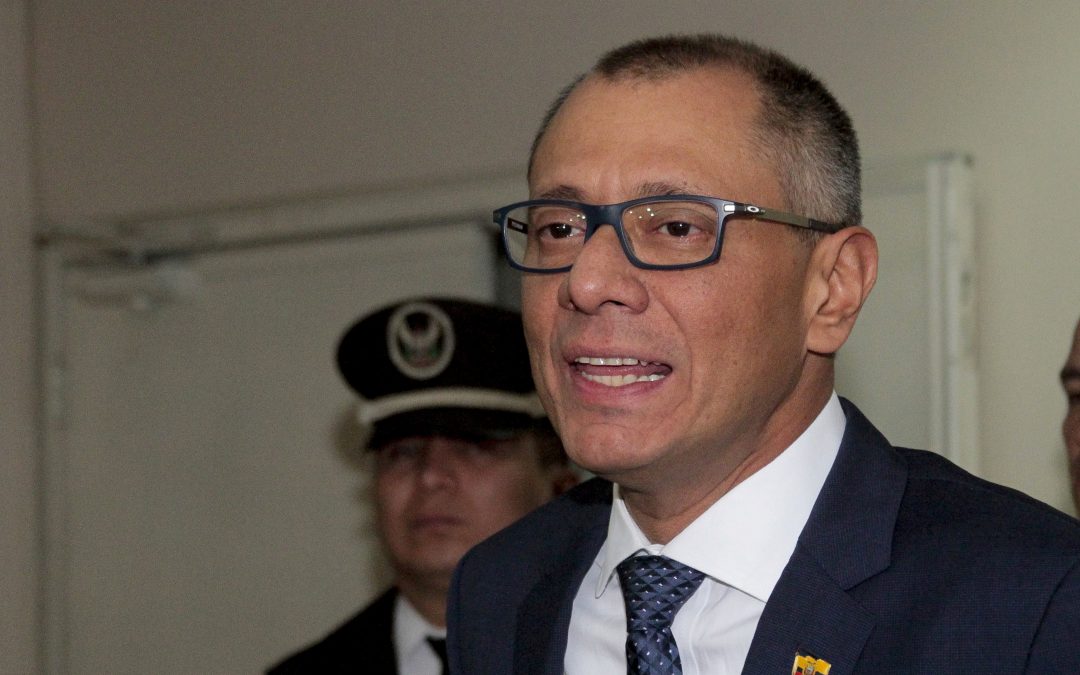
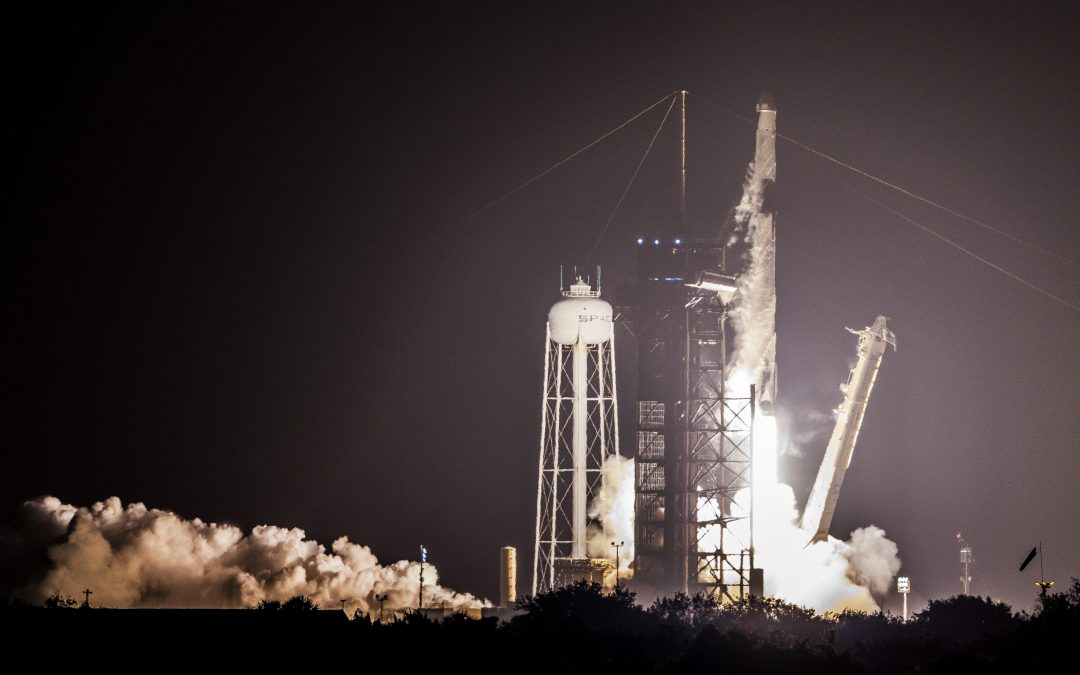
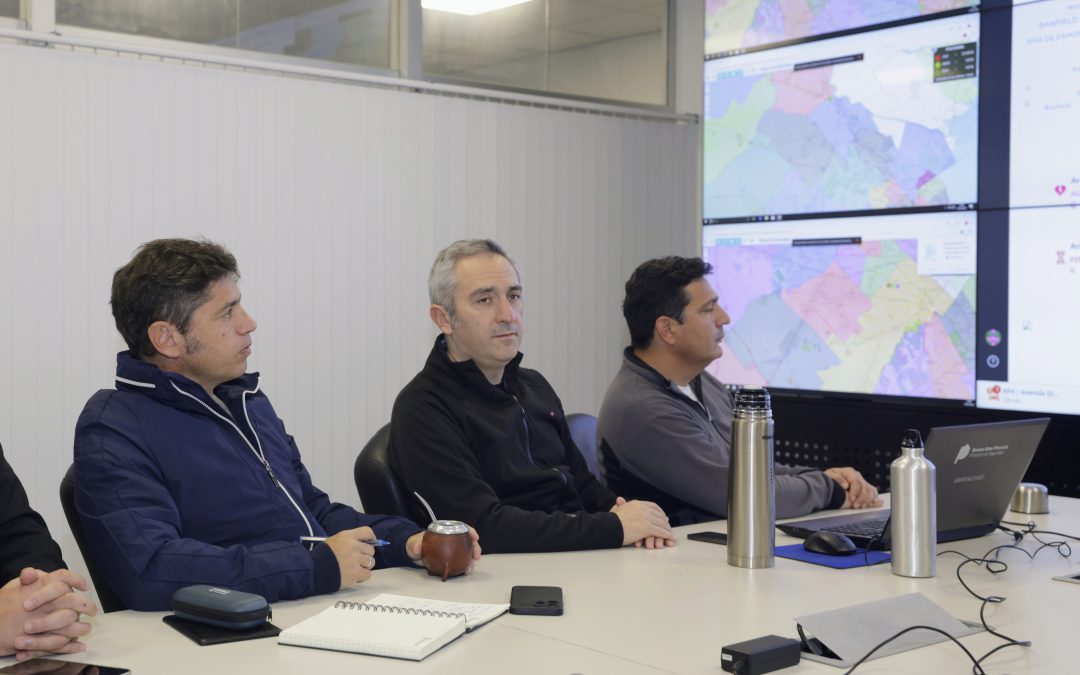





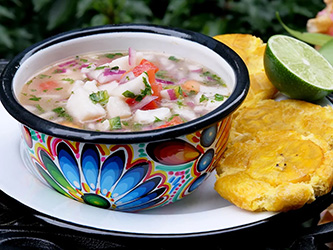
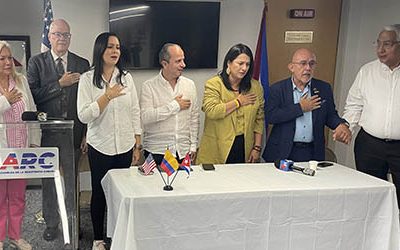
0 comentarios